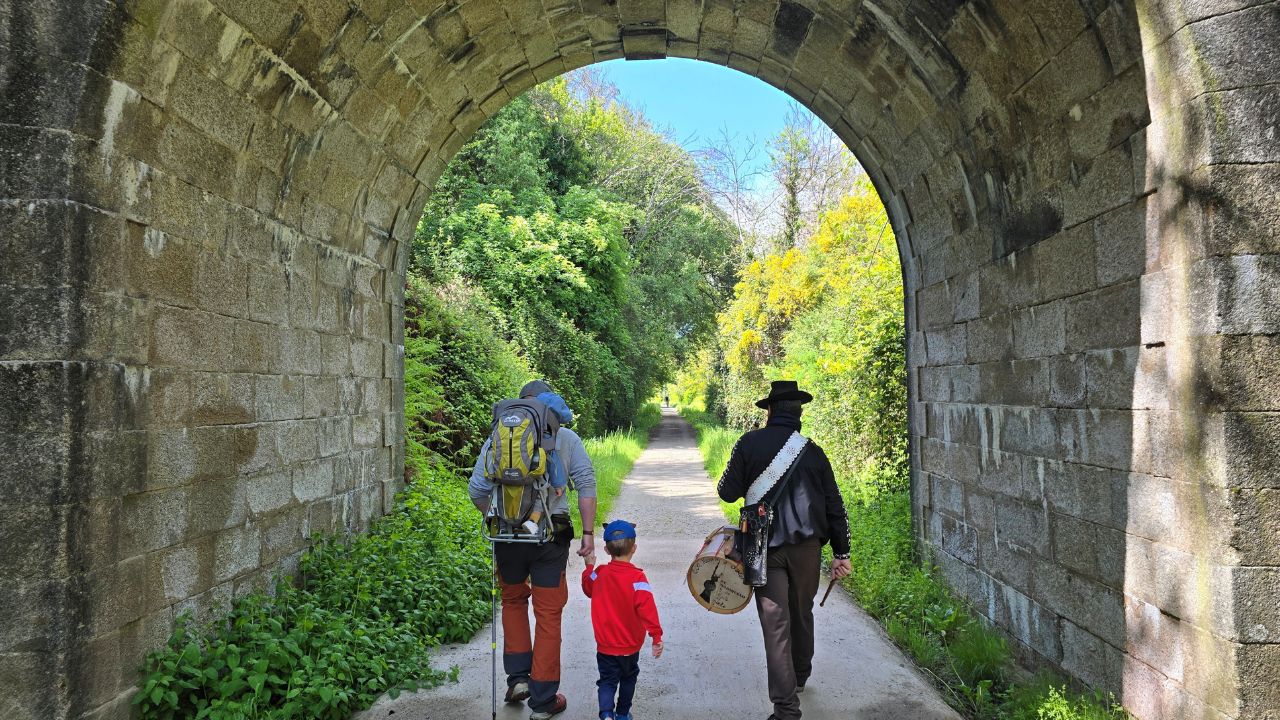The Ruta de la Plata-Sierras de Béjar destination comprises the 21 municipalities in the south-east of the province of Salamanca that make up the ‘Ruta de la Plata’ Association: Aldeacipreste, La Calzada de Béjar, Cantagallo, El Cerro, Colmenar de Montemayor, Fresnedoso, Horcajo de Montemayor, La Hoya, Lagunilla, Ledrada, Montemayor del Río, Navacarros, Navalmoral de Béjar, Peñacaballera, Pinedas, Puerto de Béjar, Sanchotello, Santibáñez de Béjar, Sorihuela, Valdehijaderos and Valdelageve.
Very well connected thanks to the A66 motorway, this area offers outstanding tourist attractions such as the Roman road Vía de la Plata, the Camino de Santiago, the transhumance routes of the Cañadas Reales Soriana Occidental and La Plata, and the Camino Natural Vía Verde, all of which are located in an area of great natural beauty that was declared a Biosphere Reserve by UNESCO in 2006 and is dotted with charming villages that jealously preserve their traditions and architectural heritage.
Admission to the Smart Tourism Destinations Programme
|
Admission to the Smart Tourism Destinations Programme |
Start of the diagnostic process and strategic lines for the Smart Tourist Destination of Ruta de la Plata in 2024, to be completed in July 2025. |
|
Outstanding initiatives
|
The Ruta de la Plata-Sierras de Béjar is a paradise for outdoor sports enthusiasts, with countless trails winding through breathtaking landscapes of peaks and valleys, or cycling along the seven perfectly signposted and approved routes of the MTB Network, covering a total of 350 km. Cultural tourism is another highlight of the area, with several Sites of Cultural Interest (castles, defensive towers and historic gardens), numerous churches, chapels, archaeological sites, and fountains and water spouts that can be found in all the municipalities of the Mancomunidad.
Its rich gastronomy, which benefits from the extraordinary quality of the products of the province of Salamanca, is based on the pork industry, the Sierra de Salamanca Protected Designation of Origin wine, honey, olive oil and goat’s cheese, chestnut products and traditional pastries. The region also offers the opportunity to discover the craft of chestnut basketry, unique in Spain, granite carving, forging and the manufacture of scales, and ceramics, living arts that add to the rich intangible heritage of traditions represented by the numerous pilgrimages and popular festivals that have been preserved. Since 2024, the LA CANDELA festival has been held annually, a cultural and tourist event centred on the chestnut tree, the most characteristic natural species in this area of the province of Salamanca and a hallmark of our territory. The festival takes place in the 21 towns that make up the Mancomunidad (association of municipalities) in two phases, coinciding with the flowering (spring) and fruiting (autumn) of the chestnut trees. Guided tours, tastings, folklore, historic gardens, birds, archaeological sites, craft workshops, old mills, chapels and churches, trails and the great hospitality of its residents await all those who want to come and enjoy these experiences with the La Candela festival. |

